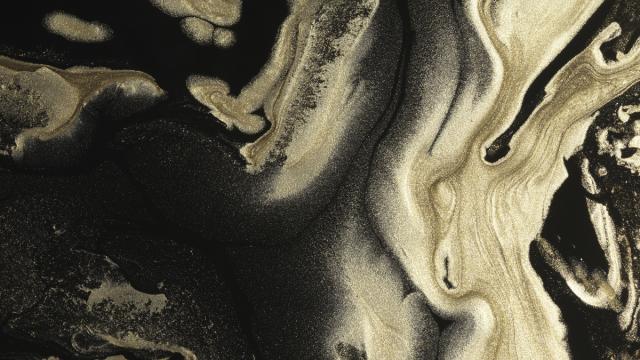A team of scientists have discovered a key step in the search for more colours and they’re looking to nature to find it.
The study, which included scientists from the U.K., Germany and China, looked at how colours in nature appeared and determined unravelling the minuscule patterns that form them could unveil new colours, according to a Science Daily report.
In layman’s terms, something that appears naturally red, say a lady beetle, shows that colour because its outer layer only reflects the colour red with black spots.
But when it comes to things that are black or white, it means their outer layers are absorbing or reflecting all that light, also known as ‘disordered’ surfaces.
The team, lead by the University of Birmingham, looked at how it could manipulate light sources so that these disordered surfaces could produce vivid colours.
Lead researcher Professor Shuang Zhang said the findings meant more colours on the spectrum could be discovered thanks to nature’s treasure trove of variety.
“The different ways in which nature can produce colour are really fascinating. If we can harness them effectively, we can open up a treasure trove of richer, more vivid colours than we have yet seen,” Professor Zhang said.
To do this, the team used gold nanoparticles to mimic a disordered surface and placed glass on a lithographic plate with a transparent cavity underneath. With this process, they were able to recreate a water colour painting and it looks pretty schmick.
If you fancy yourself a bit of a physics expert, their full explanation is here. Otherwise, enjoy the abridged one below.
The different colours in the image are represented in different thicknesses of a transparent material ” such as glass ” on a lithographic plate. On top of this, the researchers deposited the disordered layer ” in this case made of random clusters of gold nanoparticles. Finally, beneath this layer, the team placed a mirrored to form a transparent cavity. The cavity is able to trap particles of light, or photons, inside. The photons behave like waves inside the cavity, resonating at different frequencies beneath the lithographic surface and releasing different colours according to the length of each wave.
[referenced url=”https://gizmodo.com.au/2019/05/will-there-ever-be-new-colors-that-we-can-see/” thumb=”https://i.kinja-img.com/gawker-media/image/upload/t_ku-large/mxunspbjhh8jnznvy6zl.gif” title=”Will There Ever Be New Colours That We Can See?” excerpt=”When brain chips break big, and commercial tech giants start sifting our thoughts and swapping cherished memories for subscription wine box ads, there will be plenty of reasons to be sceptical. But if this future is inevitable, we might as well dwell on the good stuff. New colours, for instance: for years we’ve been saddled with the same old spectrum, but the right skull implant might conceivably reveal a whole new one, its colours indescribable until we see them, and name them.”]
